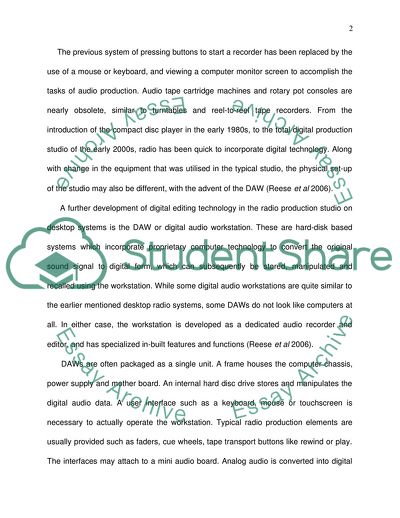Cite this document
(Digital Audio Workstation Coursework Example | Topics and Well Written Essays - 1500 words, n.d.)
Digital Audio Workstation Coursework Example | Topics and Well Written Essays - 1500 words. https://studentshare.org/technology/1724291-analytical-essay
Digital Audio Workstation Coursework Example | Topics and Well Written Essays - 1500 words. https://studentshare.org/technology/1724291-analytical-essay
(Digital Audio Workstation Coursework Example | Topics and Well Written Essays - 1500 Words)
Digital Audio Workstation Coursework Example | Topics and Well Written Essays - 1500 Words. https://studentshare.org/technology/1724291-analytical-essay.
Digital Audio Workstation Coursework Example | Topics and Well Written Essays - 1500 Words. https://studentshare.org/technology/1724291-analytical-essay.
“Digital Audio Workstation Coursework Example | Topics and Well Written Essays - 1500 Words”. https://studentshare.org/technology/1724291-analytical-essay.


